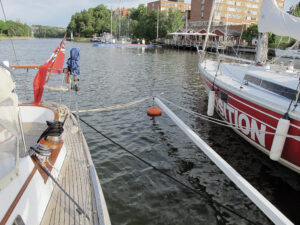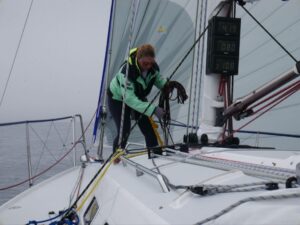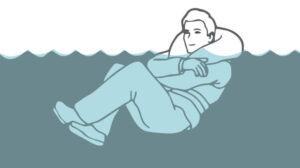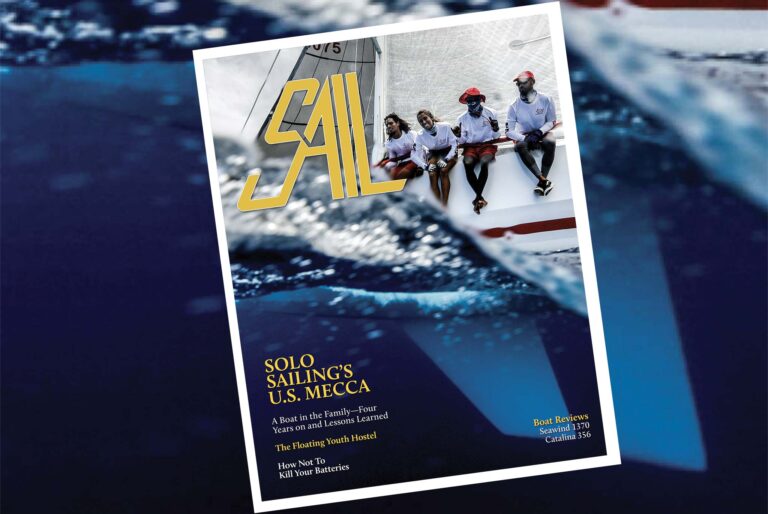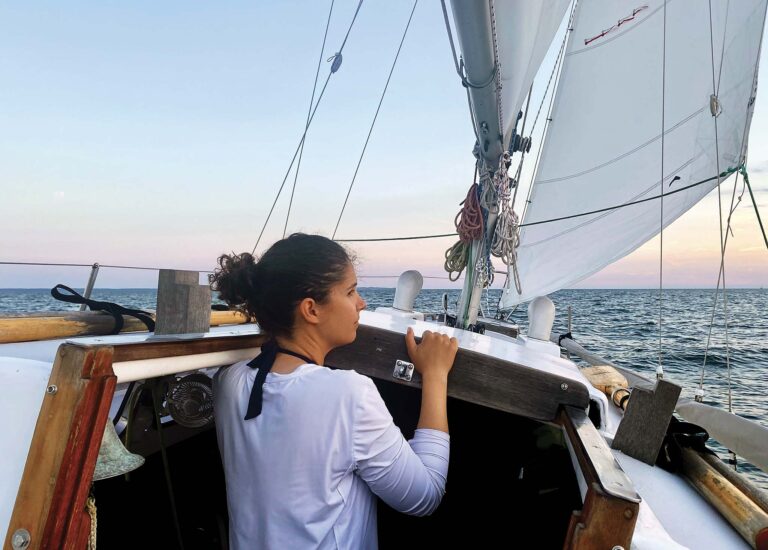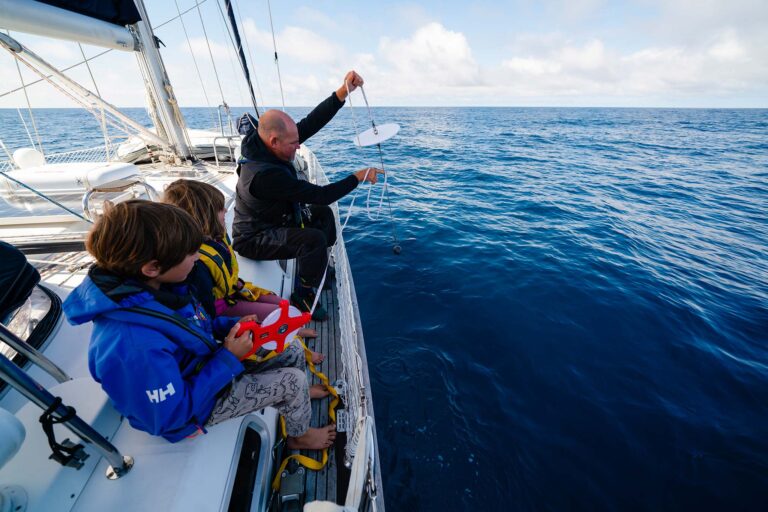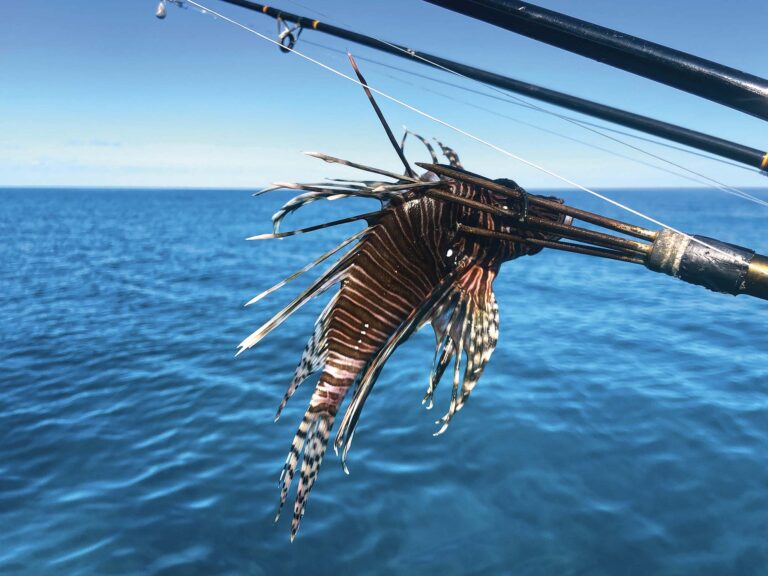
Of all the superpowers today’s sailors wield thanks to modern electronics, being able to sail in fog with impunity is certainly one of the most useful. GPS navigation and electronic charts have been around long enough now that there is an entire generation of mariners who have never experienced the heart-shriveling fear of becoming lost in what we New Englanders traditionally term “a thick o’ fog.” Nor have they experienced the immense satisfaction of not getting lost in fog while navigating the old-fashioned way. As legendary yachting journalist Alf Loomis once said: “If you enter the harbor without mishap you are so pleased with yourself that it will be advisable for friends to avoid you for a while.”
Those old enough to recall such sensations will also certainly recall the process—devising routes to link together as many audible nav aids as possible; dead reckoning blindly from one such nav aid to the next, heart-in-mouth; making hopeful guesses as to how badly the current might be setting you; studying charts for useful contour lines to follow with your leadline or depthsounder; sounding a horn or ringing a bell every two minutes, then listening carefully for a response, ears quivering. To be honest, I do not miss any of it.
More recently, thanks to the advent of AIS transceivers, which allow us to not only know where we are but where most everyone else is as well, sailing in fog has actually become…well, if not exactly relaxing, certainly even less intimidating.
For some reason several of my more memorable forays through fog in recent years have occurred while sailing with SAIL editor, Adam Cort. (Indeed, it seems he must travel with some sort of magical fog generator secreted about his person.) Adam and I remarked on this just this past spring as we doublehanded my cutter Lunacy up from New Jersey and found ourselves buried in a heavy nighttime fog as we closed with the entrance to Buzzards Bay hoping to anchor off Cuttyhunk Island and catch some sleep. Monitoring several nearby fishing vessels on AIS, we threaded our way through the channel between Cuttyhunk and Penikese Island, neatly dodged a number of inconveniently located rocks and ledges, and dropped anchor—all without seeing anything save the occasional blinking nav aid. I was well aware at the time I would never have attempted any of this back in “the good old days.”
The following morning it was still foggy as we raised anchor and continued on toward the Cape Cod Canal. It was, Adam noted, the second time he had sailed with me and spent the night at Cuttyhunk without ever actually seeing it. Approaching the canal entrance, still in zero visibility, we stayed outside the main channel to keep clear of other traffic. As we were doing so, we saw a tug and barge anchored ahead of us on AIS, also outside the channel. Hence we were not surprised when they hailed us to make sure we stayed clear. Again, I not only would have never tried any of this without modern electronics, but would likely have soiled my shorts if I’d come across a tug and barge like this, up close and without warning, with no knowledge of my exact position or whether or not they were underway.
Adam and I first sailed through fog together several years ago on my previous Lunacy, also a cutter, voyaging north from Bermuda to Maine. Approaching the Great South Channel, southeast of Nantucket, we found ourselves in heavy fog with traffic all around and on a near collision course with the Queen Mary 2, which was baldly described on my AIS receiver as a “1,200ft passenger vessel.”
I hailed the Queen Mary via VHF, and the officer on watch was perturbed he had not already spotted me on his AIS or radar. I explained I was only receiving AIS signals, not transmitting them, and noted, a bit smugly, that I could not see him on my radar either.
“I assure you,” he answered proudly, “we are a very large target,” immediately after which my radar screen went nearly black with the great ship’s presence. After that we politely finished negotiating the pass, a positive experience to be sure; however, there was something about it that still bothered me. I didn’t like being invisible. Soon afterward, I upgraded my AIS receiver to a transceiver, perfecting my super powers at last.
January 2021

